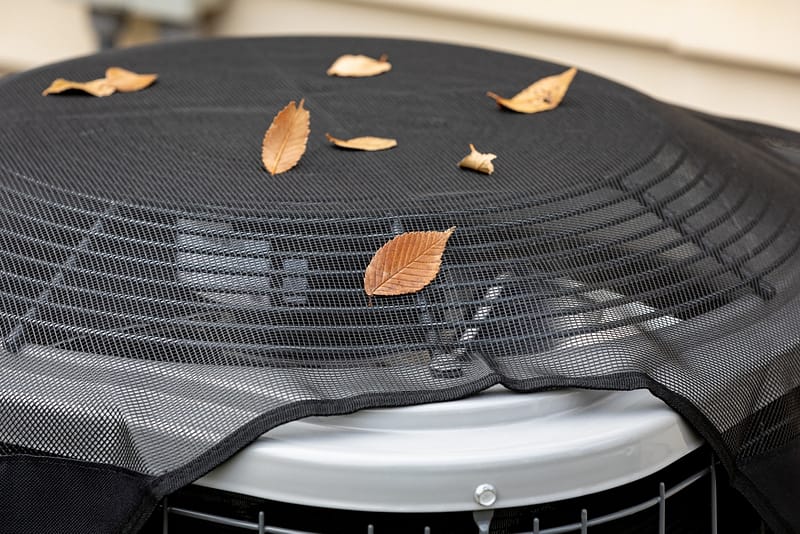DIY AC Troubleshooting: 7 Steps You Can Do Before Calling a Professional
When your air conditioner stops working in the middle of a hot Florida day, it’s easy to panic. But before you call in the professionals, there are a few troubleshooting steps you can take to see if the issue can be resolved quickly on your own. At Brown Heating, Cooling & Plumbing, the best AC repair company in Palmetto, FL, we understand the importance of keeping your home cool and comfortable. Here’s a guide to DIY AC troubleshooting that can help you identify and potentially fix common issues before reaching out for professional help.
-
Check Your Thermostat Settings
One of the simplest and most common reasons an AC might not be working properly is incorrect thermostat settings. Whether it’s set to the wrong mode or the temperature is set too high, a simple check can save you from an unnecessary service call.
What to Do: AC Troubleshooting
Make sure your thermostat is set to “cool” mode and that the temperature is set lower than the current room temperature. If your thermostat uses batteries, replace them to ensure it’s working properly. If the display is blank or unresponsive, try resetting it according to the manufacturer’s instructions.
-
Inspect and Replace Air Filters
Dirty or clogged air filters can significantly impact your AC’s performance by restricting airflow, causing your system to work harder and cool less effectively. This can also lead to freezing of the evaporator coils, which further reduces cooling capacity.
What to Do: AC Troubleshooting
Check your air filters and replace them if they are dirty or clogged. It’s recommended to change your filters every 1-3 months, especially during peak cooling seasons. Clean filters not only improve efficiency but also enhance indoor air quality. You can find a wide selection of high-quality replacement filters at www.airfilters.com to ensure your system runs smoothly.
-
Check Your Circuit Breaker
Sometimes, your AC may stop working due to a tripped circuit breaker. This can happen if there’s a power surge or if your AC is overloading the electrical circuit.
What to Do: AC Troubleshooting
Locate your home’s electrical panel and check if the breaker for the AC unit has tripped. If it has, reset it by flipping the switch off and then back on. If the breaker trips again immediately or shortly after, it could indicate a more serious electrical issue, and you should contact a professional for assistance.
-
Inspect the Outdoor Unit
Your outdoor unit plays a crucial role in expelling heat from your home. If it’s obstructed by debris, dirt, or plants, it won’t function efficiently, leading to poor cooling performance.
What to Do: AC Troubleshooting
Inspect your outdoor unit and clear away any leaves, grass, or debris that could be blocking airflow. Ensure there’s at least two feet of clearance around the unit. You can also gently hose down the unit to remove dirt and grime, but make sure the power is off before doing so.
-
Check for Blocked or Closed Vents
Blocked or closed vents can cause your AC system to struggle in cooling your home. This not only reduces comfort but can also put extra strain on your system.
What to Do: AC Troubleshooting
Walk through your home and ensure all vents are open and unblocked by furniture, curtains, or other objects. Even if a room is unoccupied, closing vents can disrupt the system’s balance and reduce overall efficiency.
-
Examine the Drain Line
Your AC’s drain line removes moisture from the system, and if it becomes clogged, it can cause your AC to shut down as a safety precaution to prevent water damage.
What to Do: AC Troubleshooting
Locate the drain line near the indoor unit and check if it’s clogged or full of standing water. You can try clearing the clog with a wet/dry vacuum or a pipe cleaner. Regularly flushing the line with a mix of vinegar and water can help prevent clogs.
- Look for Ice on the AC Unit
If your AC isn’t cooling effectively, check for ice buildup on the evaporator coils or refrigerant lines. This can occur if there’s restricted airflow or low refrigerant levels.
What to Do: AC Troubleshooting
Turn off your AC and let the ice melt completely before restarting the unit. Check your filters and ensure there are no obstructions around the unit. If ice continues to form, it may be due to a refrigerant leak, and you’ll need professional help to fix the problem.
When to Call a Professional
While these DIY troubleshooting steps can resolve many common AC issues, some problems require professional attention. If your AC continues to malfunction after you’ve tried these tips, or if you’re dealing with electrical issues, refrigerant leaks, or major component failures, it’s time to call in the experts.
At Brown Heating, Cooling & Plumbing, we provide the best AC repair in Palmetto, FL. Our experienced technicians are equipped to handle any AC issue, big or small, and get your system back up and running efficiently. Don’t let a malfunctioning AC disrupt your comfort—reach out to us for prompt, reliable service.
Visit www.brownheatingandcoolinginc.com to learn more about our services or to schedule a repair. Let us help you stay cool and comfortable all summer long with expert AC care from Brown Heating, Cooling & Plumbing.
Crafted By: Handcrafted Marketing Solutions


